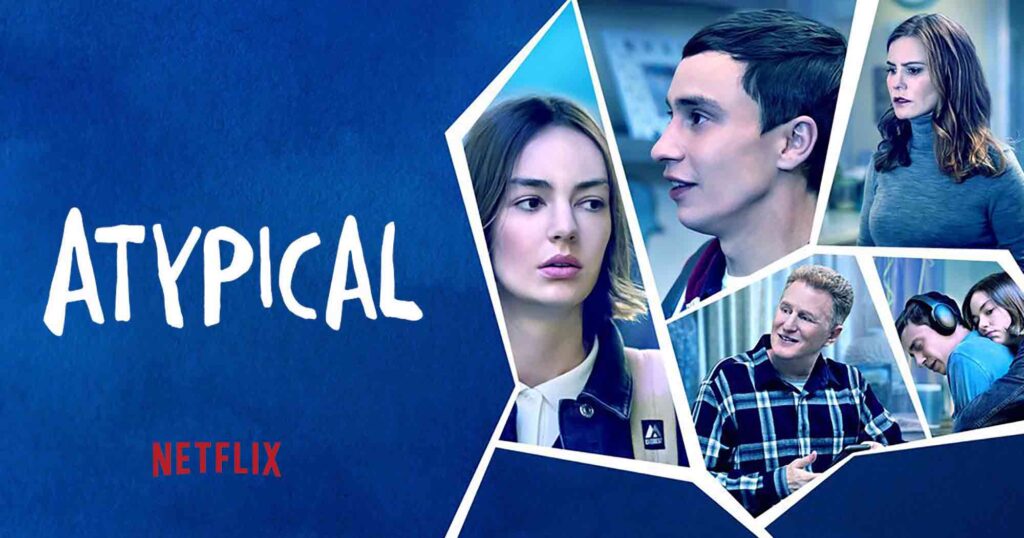Running from August 2017 to July 2021, Netflix’s Atypical follows the main character Sam–played by Kier Gilchrist–and his family as he navigates graduating high school and attending college as an individual with autism. Following the theme of the title, their life is supposed to differ from the norm. When the show first aired I, like many others, thought that the concept of exploring a main character’s regular daily life with the unique differences having autism can include was a refreshing narrative to be told. However, disappointment surfaced once people began to find that Gilchrist was not autistic himself.
It was revealed that the casting crew for Atypical did indeed screen actors with autism when looking to fill the role of Sam, but decided that Gilchrist was the better fit. Many found it insulting that the show presumed that an allistic (meaning non-autistic) actor would portray autism better than a real individual with autism. Some have claimed that the shooting schedule could be difficult for an actor with autism, however, there are several actors with autism who make a living as a professional in their field. Furthermore, the creator of the show–Robia Rashid–does not have autism either. And while it is perfectly acceptable and encouraged to write from perspectives other than your own, it is important to do so with care and respect for the community you are writing about.
The musical artist Sia has also depicted the narrative of an individual with autism through an allistic actor’s portrayal of the role. Her 2021 movie Music stars Maddie Ziegler–famously known to be the dancer in all of Sia’s music videos–as a non-verbal individual with autism. It was reported that Sia also interviewed candidates on the spectrum to fill the role initially but decided to go with Ziegler in the end.
While in recent years TV shows have been doing better than film at portraying disabled individuals, there is still much to do in order to accurately represent people with disabilities in the media. Specifically, it is important to represent individuals with disabilities in a positive light, as there has been a history of only showing disability in villainous characters. Fortunately, it looks like the good stories are finally getting some of the attention and support that they deserve.

